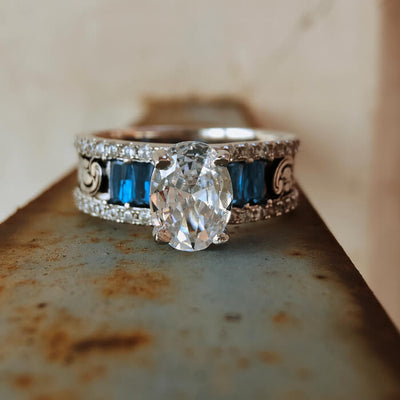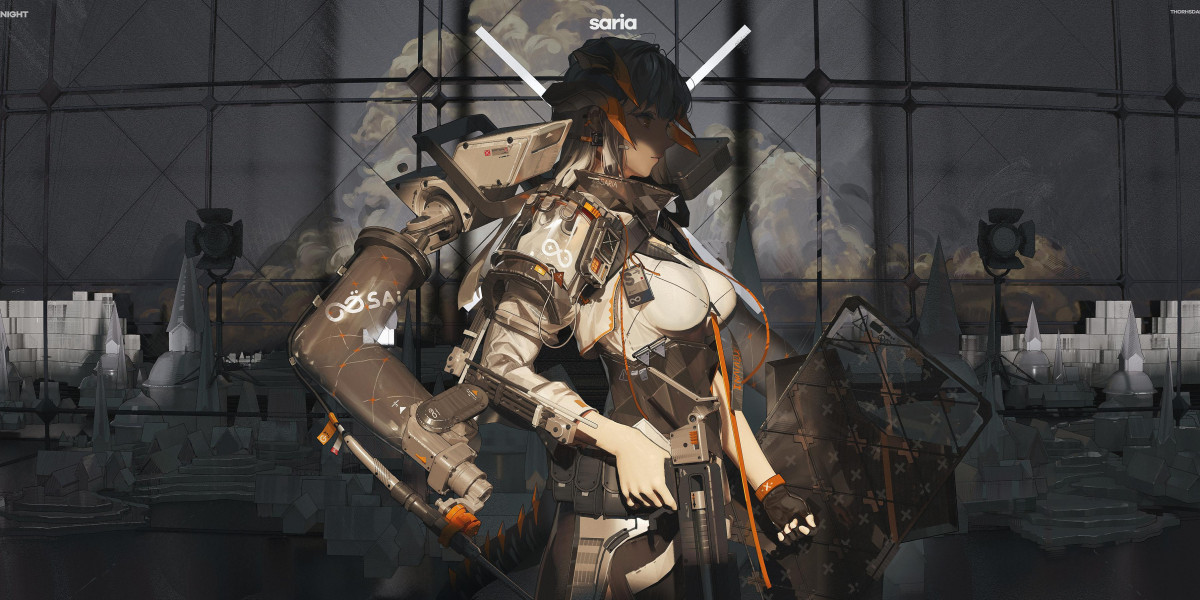Unveiling the Timeless Elegance: Discover the Secrets of Western Wedding Rings
Wedding rings hold a profound significance in Western culture, symbolizing love, commitment, and the bond of marriage. These circular bands, worn on the fourth finger of the left hand, represent the unbroken connection between partners and have been a cherished tradition for centuries. In this article, we will explore the diverse styles, rich history, and deep significance of western wedding rings. Whether you are on the journey to find the perfect ring or just curious about its origins, this exploration will provide insights into the timeless elegance that these rings embody.

The Historical Journey of Western Wedding Rings
The tradition of wedding rings in Western society dates back to ancient civilizations. The Egyptians are often credited with being the first to use rings as a symbol of love around 3,000 B.C. They believed that the circular shape of the ring represented eternity, with no beginning and no end. This idea was later adopted by the Romans, who popularized the use of wedding rings in their marriage ceremonies. During the Middle Ages, wedding bands evolved into more ornate pieces, often incorporating gemstones and intricate designs. The use of gold became prevalent as it symbolized wealth and prosperity, reinforcing the idea of a strong and secure union.
Throughout history, wedding rings have undergone various transformations, influenced by cultural and societal changes. In the 19th century, the Victorian era saw the introduction of personalized rings, with couples opting for engraved messages that held special meanings. This trend continued into the 20th century, where the rise of the diamond engagement ring became a pivotal moment in wedding ring history, thanks in part to effective marketing campaigns. Today, wedding rings are not only a testament to love but also a reflection of personal style and individuality, making them a significant aspect of modern weddings.
Styles of Western Wedding Rings
When it comes to wedding rings, the styles available are as diverse as the couples who wear them. Traditional options often include classic gold bands, which come in yellow, white, and rose gold variations. These timeless pieces are known for their simplicity and elegance, making them a popular choice for many. On the other hand, contemporary designs often incorporate unique shapes and materials, appealing to those with a modern aesthetic. Platinum, for instance, is favored for its durability and sleek appearance, while alternative metals like titanium and tungsten are gaining popularity for their strength and affordability.
Vintage designs have also made a strong comeback, with many couples drawn to the charm and character of rings from past eras. Art Deco styles, characterized by geometric patterns and bold colors, and antique rings that tell a story of love from generations ago, are particularly sought after. Furthermore, the use of gemstones—such as sapphires, emeralds, and rubies—adds a personalized touch to wedding rings, allowing couples to express their unique tastes and styles.
Popular Designs and Trends
In recent years, certain designs and trends have emerged within the realm of western wedding rings. Engraving options have become increasingly popular, with couples choosing to inscribe meaningful dates, names, or quotes inside their rings. This personal touch adds depth to the symbolism of the ring. Additionally, the use of colored gemstones is on the rise, with many opting for sapphires or other stones as a unique alternative to traditional diamonds. As couples seek to represent their individuality, the trend towards mixed-metal rings and asymmetrical designs has also gained traction, creating a fresh take on classic styles.
The Significance of Western Wedding Rings
The emotional and cultural significance of wedding rings in Western society cannot be overstated. Beyond their aesthetic appeal, these rings serve as a constant reminder of the promises made during the marriage ceremony. The act of exchanging rings symbolizes the couple's commitment to one another, reinforcing the depth of their love and partnership. Additionally, wedding rings carry a sense of belonging and identity; they connect individuals to their heritage and the traditions of those who came before them.
Moreover, the ring's circular shape is often interpreted as a symbol of unity, suggesting that both partners are equal in their commitment to the relationship. In many cultures, the wedding ring is also considered a protective talisman, believed to ward off negative energies and ensure a harmonious marriage. This blend of symbolism and personal significance makes each wedding ring uniquely meaningful, embodying the couple's journey and aspirations for the future.
Significance of Western Wedding Rings
In summary, western wedding rings are not merely pieces of jewelry; they are profound symbols of love, commitment, and shared dreams. From their rich historical origins to the diverse styles and deep meanings they carry, these rings play a vital role in the narrative of marriage. As you choose your wedding ring, take a moment to appreciate the craftsmanship and significance behind it. Whether you opt for a classic design or a contemporary piece, remember that your wedding ring is a reflection of your unique love story, destined to be cherished for generations to come.



